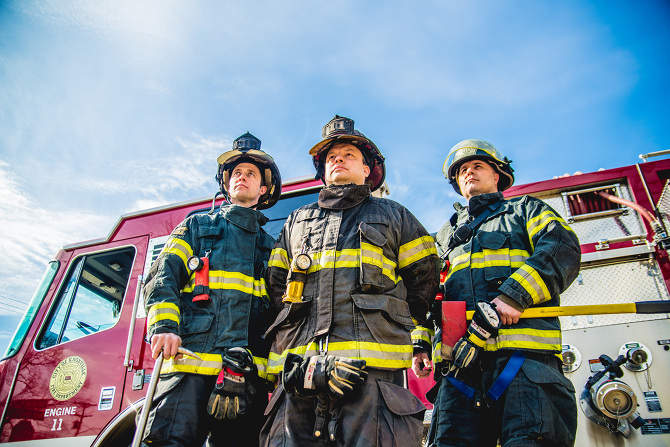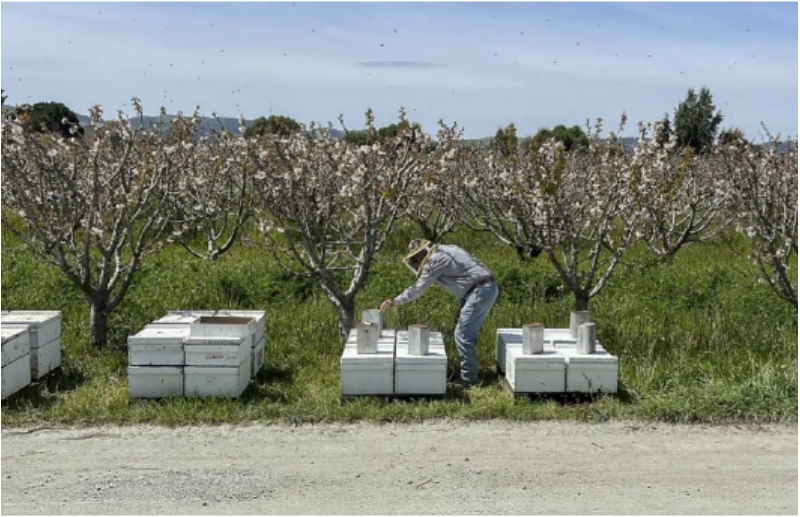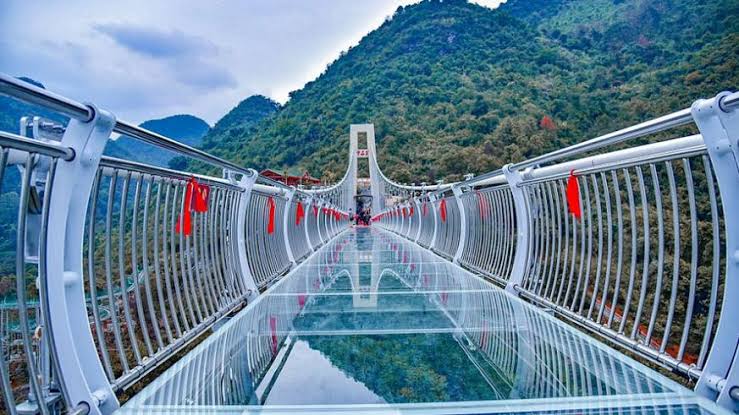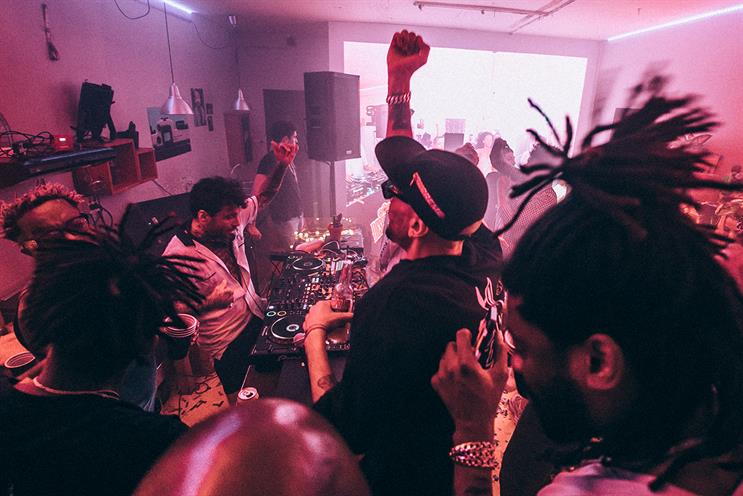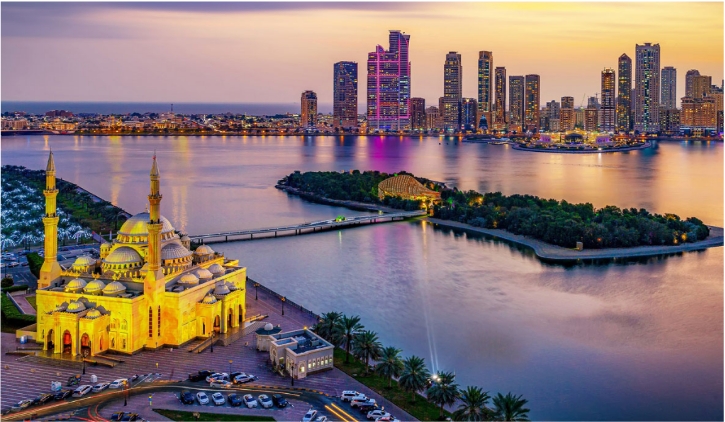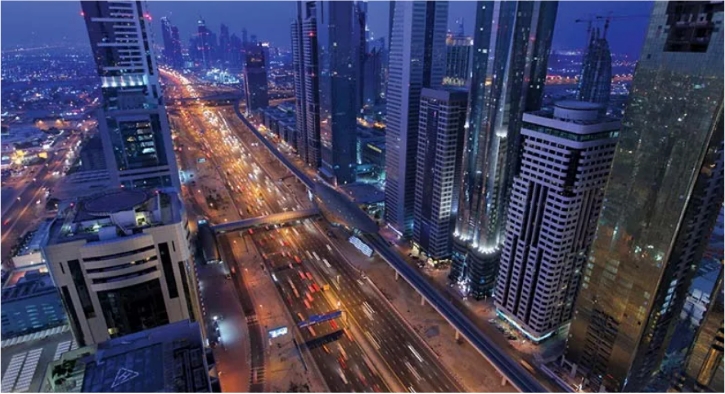It’s well-documented how quickly fashion changes, but with a focus on practicality and purpose, uniforms don’t change as often. But what upgrades have profession in the UK experienced when it comes to their uniforms? To explore how uniforms have adapted to the modern day needs of professionals, we’ve enlisted the expertise of Newcastle College, who offer a brilliant Police Course at their Newcastle College campus.
Military:
There has been an army in England even before the Acts of Union between England and Scotland in 1660, and the official creation of the British Army in 1707. Soldiers in the army have faced a range of challenges since the force began, and the changes in their uniform has reflected this.
The army originally wore red, and in today’s world, certain regimental bands, Life Guards, and Foot Guards still don the shade. The reason behind the choice of red was that, at one point, every European army wore their national colour, with the French in blue and the English in scarlet red for example. It’s also been suggested that it was down to the cheapness of the red dye in comparison to other colours.
Scarlet isn’t exactly a muted shade, but back when gun accuracy was somewhat limited, being hidden wasn’t required. At this time battles were fought in the open and often the battlefield got filled with smoke — colourful uniforms aided the soldiers to differentiate between their own troops or those who they were fighting. Moreover, the vegetable dyes used to create the red coloured jackets were prone to fading over time to a pink or brownish hue. Therefore, when soldiers wore these colours in a hot climate over a long period, the uniforms became less prominent than the scarlet red. Unfortunately, by the late 19th century, the troops had no choice but to leave their red uniforms behind as it did make them too visible during the colonial wards in India and the Sudan.
The colour of uniform has changed for our army, and so has the style. During the Seven Years War (1756-1763), the British army’s uniform involved a red coat and red breeches. Grenadiers, soldiers armed with grenades, wore a pointed hat called the Grenadier’s Mitre as throwing a grenade caused a brimmed hat to fall off. When the war of 1812 came, the uniform physically changed quite a lot — British soldiers wore grey trousers, a white cross-over belt and a hat made from velvet and leather.
The Crimean War saw the uniform of the British Army transform away from appearance and more for practicality and purpose. The soldiers were now dressed in loose-fitting tunics. And, for the second Boer War (1899-1902) the troops wore the khaki that we recognise them in today. Another transformation went underway ahead of the First World War — soldiers wore loose-fitting garments with turned down collar, rifle patches on their shoulders and patches on the breast.
When the Second World War broke out, the uniform got another upgrade with metal helmets, called ‘shrapnel’ helmets as they defended against debris. The colour of the uniform then came into focus again for the First and Second Gulf War. Disruptive Pattern Material (DPM) was introduced which helped the troops blend into the desert terrain and prepare them for combat. This design was replaced in 2010 as DPM proved ineffective in the varied landscape of the Helmand Province, when troops headed to Afghanistan.
In order to adapt to the new environment, soldiers received Multi-Terrain (MTP) uniforms. In 2010 they were also given new body armour as the old Enhanced Combat Body Armour (ECBA) proved ineffective, which had ceramic plates on the front and back to protect the heart, against gunshot wounds. Troops were also given new helmets, which are 1kg lighter than what they used to be and have been designed with a gap above the eyes to improve vision.
Police:
In 1829, the Metropolitan Police received the first official uniform for the police force, but this was not the first time law officers had worn a uniform. The Bow Street Horse Patrol, which was created by Sir John Fielding in the early 1800s, employed around 50 officers who all wore blue coats and trousers, accompanied with a black top hat and a scarlet waistcoat.
Police constables were not initially given uniforms. However, they did obtain a decorated truncheon, which acted as a warrant card to carry out their policing duties – constables were usually assisted by other officials who wore uniforms.
Former UK Prime Minister, Sir Robert Peel, was the catalyst for change in police uniforms. He had an aim to remove the militant element it had and to reassure the public’s trust in the local authorities. This is when the ‘Peelers’ and ‘Bobbies’ were introduced to the streets of Britain – first appearing in London. Their uniform included a traditional top hat and blue tailcoat, but trousers were changed depending on the time of day. White trousers were used during the day, while blue trousers were used on an evening (as well as winter patrols). However, the uniform was a little bit more advanced than previously, as the top hat worn was covered with varnished leather for weatherproofing!
To separate police officers further from the military, handcuffs and truncheons were not on display. In contrast, soldiers displayed arms to the public. On top of this, in order to identify individual officers; collar numbers were introduced, which were a piece of metal embroidery.
As we reached the 20th century, policing’s headwear changed from top hats to hard helmets; namely the ‘County’, ‘Bobble/Ball Top’, and ‘Comb’. The county helmet is crafted in a dome shape and was adopted by the Metropolitan Police, as well as other constabularies around the country. The comb helmet has a ridge along the top and was commonly worn by the City of London police, while the Bobble helmet was made up of fine metallic details with a sphere placed on top of a stalk — it’s now extinct across the forces.
In modern times, consistency is key and police uniforms don’t differ much from one end of the country to the other. This is a deliberate act intended to unify the force under the same goal: to protect. The police uniform of today usually consists of a white shirt (accompanied with a black tie for male officers and a black and white checked tie for female offices). Overlapping the loose white shirt is a black padded vest with multiple pockets, to store items such as notepads. The vest usually details the rank and police number of the officer, including the intricate tailoring of the authority they’re working under. Not only that, the padded vest also includes a clip for police radios (walkie talkies) and a position for any bodycams.
Blue or black trousers with large pockets are part of the uniform, as well as a multifunctional belt for batons and handcuffs to be stored. The uniform is complete by tough rounded black boots.
Firefighters:
Although firefighters come into regular contact with harmful substances, the uniform hasn’t always been as protective as it is today. Of course, standards and health regulations have changed over time, which has led to the introduction of more appropriate uniforms for the profession.
Incredibly, 18th century firefighters were donning suits rather than any protective gear. As a male-dominated profession, firefighters were believed to have worn black top hats, which would have offered no flexibility to do the actual job effectively. Accompanying the useless top hat was a bright red, buttoned up crossover blazer with a wide collar area; which showed the ruffled white shirt with an overwhelming yellow ribbon-like tie. Matching the red blazer, firefighters wore red kneecap length pants; which were slightly loose and allowed a bit more flexibility. From the kneecap down, the men wore white tights and black shoes. To overcomplicate the uniform even more, a blue jacket was worn that was tight at the top and was left flowing from the waist down — the jacket included what appears to be yellow embroidery to add even more sophistication to the uniform.
By the 1890s, the outfit had been completely overhauled. The top hat was reduced to a black hat that was a similar style to a beret and was positioned tightly on the head. The white shirt remained, but was not visible as it was covered by a black coat with symmetrical metallic buttons. Attached to the coat was a large circular button which stated the individual’s unique firefighter number, an essential element to ensure that anyone could be identified in a worst-case scenario. Slightly further up from where we wear belts now, a thick-strapped buckle belt was positioned across the stomach and allowed firefighters to safely store essentials like axes. Keeping the all black theme, these firefighters also wore black pants and boots.
The next major change came in the early 1900s. Workwear essentially stayed the same, however, headwear become slightly more protective as the soft beret-styled hat was pushed aside and the introduction of a brass helmet came into play, which included intricate design details.
Women had begun to work in the service at this point too, but the uniform for women was less than practical.Women were required to wear a white blouse (and often a tire) with a waist-to-ankle styled skirt. Women did wear belts, but there didn’t appear to be room for equipment like axes.
The uniform remained pretty much the same until 1925, when protective gear finally began to surface. Rubber alternatives were introduced as bottom wear — which helped firefighters from feeling too drenched when dealing with water. Not only that, multi-purpose vests were introduced which allowed firefighters to carry masks, torches and fire extinguishers when they were about to carry out a job.
A few more changes appeared in the next year. The doubled-up symmetrical buttons were reduced to a singular strip and the pants were removed to introduce skin-tight tights. The coat was tailored to the upper-body but was released to look like a skirt from the waist down — for men, too.
However, this style didn’t last long and was soon back to looking like the former. The firefighter uniform that you recognise now was properly introduced in the late 1980s, but still incorporated elements of the original piece. The black coat with double symmetrical buttons remained, but the pants changed completely. Now, the rubber pants were bright yellow and matched the new plastic helmet. Black boots continued to be worn and brown leather gloves were introduced. The buckle belt stayed the same and straps were introduced on the upper-body to help support essential equipment.
Identical uniforms rose in the 2000s, along with more modern updates. Helmets changed in style but were still yellow. Jackets turned beige and had illuminous yellow and silver stripes, as well as red and silver checks to make firefighters more visible during darker nights. Pants were switched from rubber to Nomex materials to help combat fire situations and the black boots remained as an essential part of the uniform. Firefighters weren’t required to carry as much equipment either; as fire engines became more advanced and storing items became easier on board.


